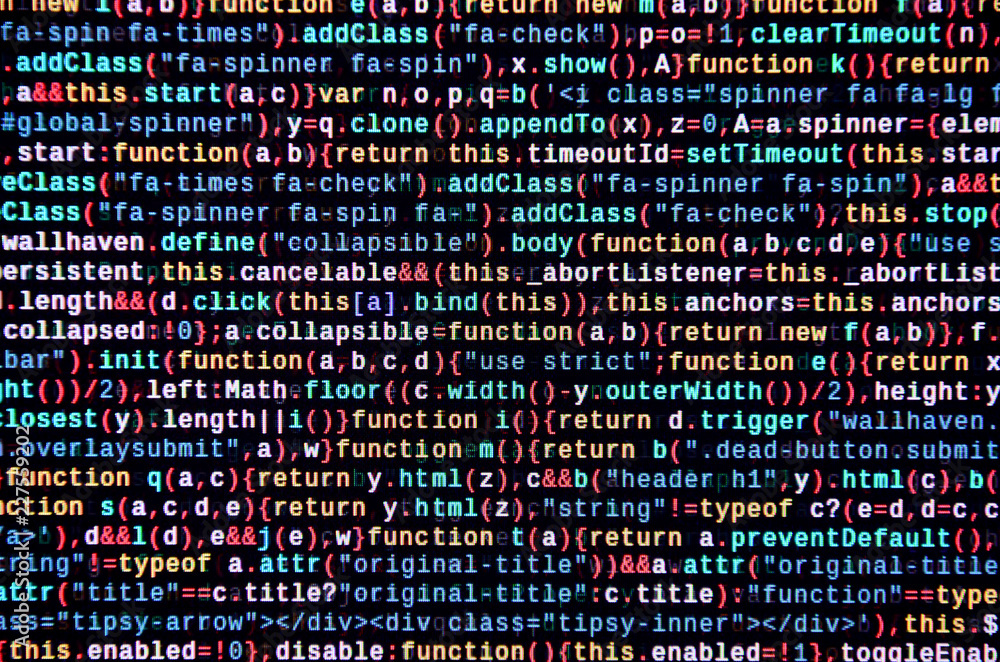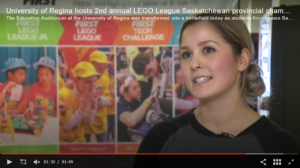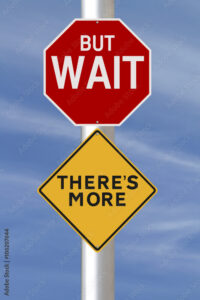… but what is coding??

What my brain sees when I think about coding…
Jamie K. tells us that “Coding is the process of writing out steps for a computer to follow to achieve a goal or perform a task.” Over the last ten years of teaching, I have learned that coding does not have to be as scary or overwhelming as we first think!
My first exposure to coding was when I was introduced to Hour Of Code. I was a new ![]() teacher with a very rambunctious group of third graders and my division’s consultant brought the idea to me. To be honest, I saw something that could get my students settled, engaged, and building their skills in problem-solving. It allowed me a solid 10-15 minutes each day after lunch to get my students calm after the excitement of lunchtime so that I could sort through the drama of that day (type my log entries for the office, call parents, etc.)
teacher with a very rambunctious group of third graders and my division’s consultant brought the idea to me. To be honest, I saw something that could get my students settled, engaged, and building their skills in problem-solving. It allowed me a solid 10-15 minutes each day after lunch to get my students calm after the excitement of lunchtime so that I could sort through the drama of that day (type my log entries for the office, call parents, etc.)
However…. when my administrator asked me what specific outcomes I was teaching with Hour of Code, I was a little stuck.
Fast-forward a year, and my principal at the time approaches me to ask me if I know anything about computers. I say yes, of course… and next thing I know it I am coaching the school robotics team with First Lego League.
I was never into robotics or really big into technology myself at this point. I had literally no clue what this league was about, or how to do anything. I was blessed with a group of students that were excited and passionate about coding and robotics, and together we figured it out!
The best way I found to learn this was to invite our high school’s robotics coach and students to teach us about the basics. We set up some times after school to head over and practice with the robots and coding programs.
The blessing in disguise with my utter lack of knowledge was that my students were able to take the lead and have a lot of independence on their journey. I remember being at this competition at the U of R… our principal came to watch and was in utter shock that I let the kids take the robot as well as the lead with almost everything. They had learned with me from the beginning and I knew that they were able to do this confidently.
This experience is also the reason why I strongly believe that coding and makerspaces do not have to be taught by “techies.”
My experience with First Lego League really showed me how much value there is in coding with students: they learned about the scientific method, researching real-world problems to solve, teamwork, and resilience. The students that I had take part in this club were students who weren’t interested in playing sports, but still wanted to be part of a team. It was a beautiful thing to see.
I have found that there are a lot of amazing benefits to teaching coding in this capacity (as extra-curricular, or as work students can do when they are finished classroom tasks). I do, however, see some obstacles preventing me from bringing it into my daily classroom lessons.
- CURRICULAR CONNECTIONS – I would need to really sit down and see what curricular connections I can make between coding and the outcomes outlined for me. I know, I know — it’s possible… I just haven’t taken the time to do it. I have made some connections between curriculum and Minecraft Ed (building the scene where a novel we are reading takes place, or building a rocket for the Artemis mission to align with our space unit), so I know it’s possible. I have been looking into CoSpaces Edu and am hoping to try that at some point in my near future with some help from my students.
2. COST – During this class presentation, my group learned about Sphero, a coding robot. It looks really fun and I know that students could learn some lessons about resilience/the scientific method from using it, but I’m not sure the cost is worth it. I had a both a hard time relating it to the curricular outcomes I teach, and reconciling that with the cost that it would take to get this for my school.
All that said, the conclusion that I have come to with coding is this… it is a GREAT experience for students to have. Maybe it doesn’t tie in to all of the curricular outcomes, but it can be used to touch on some. Coding teaches valuable life skill such as teamwork and resilience — if schools and teachers want to give it a shot, why not start by running a small coding club with students as an extra-curricular activity? This gives everyone the chance to figure it out, learn, and see how it can be used in the classroom later on.
I mean, what’s the worst that could happen?





Thank you for sharing on this topic. To start off with, that is incredibly cool that you taught the First Lego League. I am a connected educator in my division, and this is something that would be incredible to bring into a school (and my classroom). I have used CoSpaces in my classroom. It is so much fun and the students are engaged with the whole process. I also found that if I didn’t know the answer, one of the students would figure it out and help explain it to the others. It is a great exercise in collaborative learning.